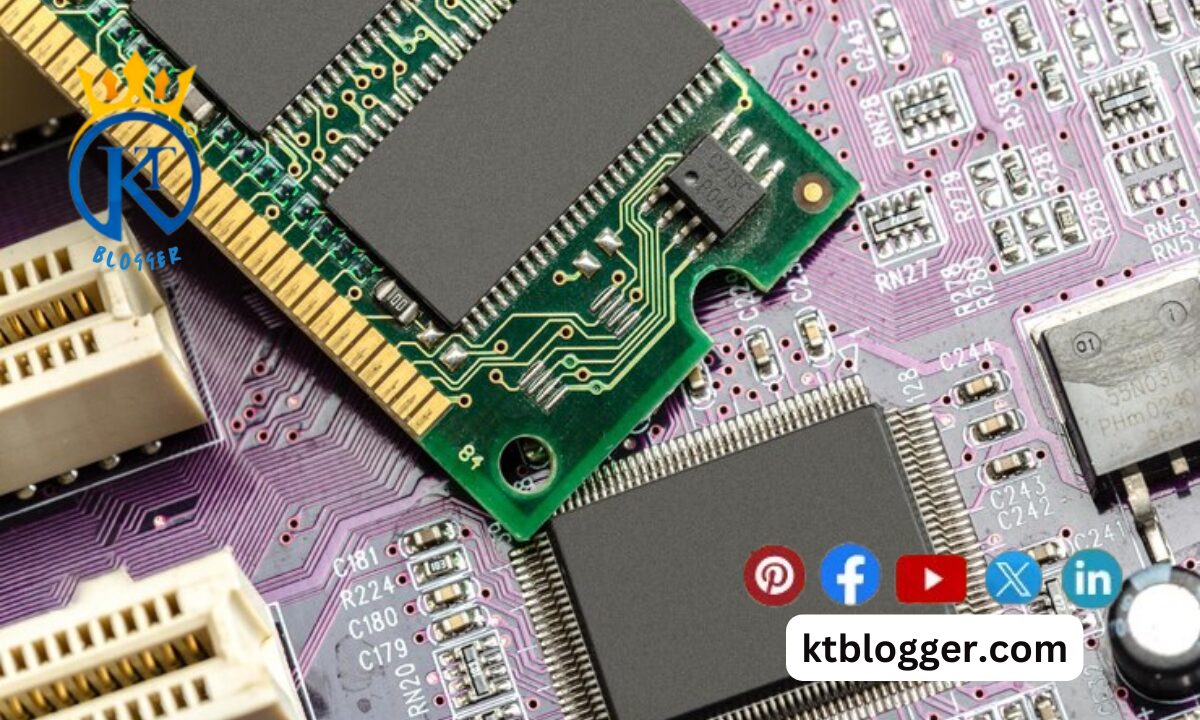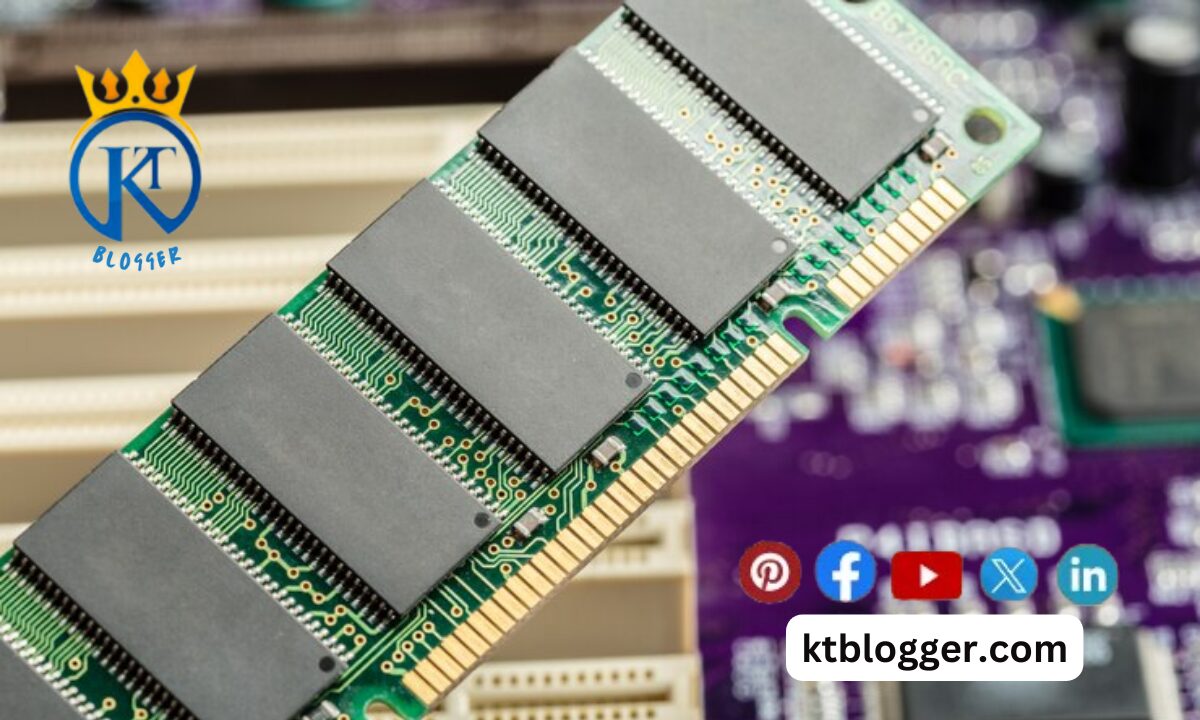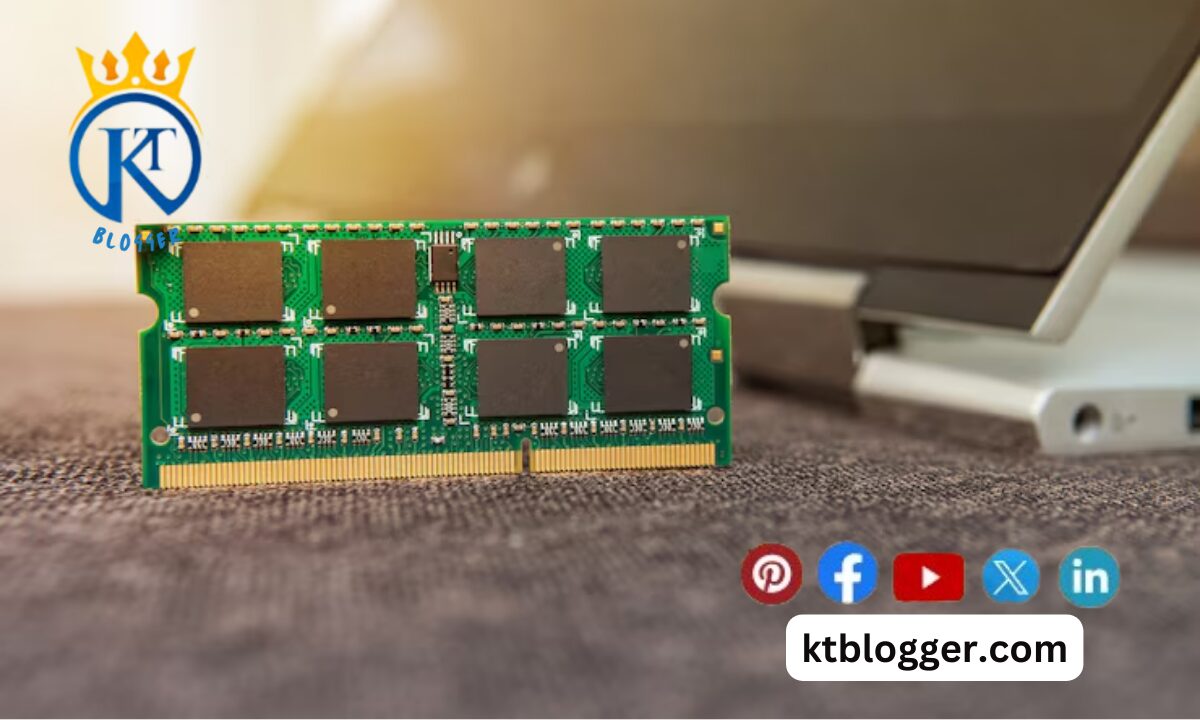Is your laptop feeling sluggish? Taking forever to open programs? Struggling to keep up with multiple browser tabs? Upgrading your RAM might be the solution you’re looking for.
RAM, or Random Access Memory, acts as your computer’s short-term memory. The more RAM you have, the more information your laptop can access quickly, leading to smoother performance.
But can you add RAM to a laptop? The answer depends on your specific model. Don’t worry, this guide will equip you with everything you need to know.
Yes, you can upgrade your laptop RAM for better performance. Increasing laptop memory is possible by replacing or adding RAM modules. Determine your laptop’s maximum RAM capacity and ensure compatibility with DDR RAM types.
Symptoms of low RAM include slow performance and frequent freezing. To upgrade RAM on Windows 10, simply open the laptop’s panel, remove the old RAM, and install the new one.
Content
Why Upgrade Your Laptop’s RAM?
Now, let’s delve deeper into why upgrading your laptop’s RAM can be beneficial:

Improved Multitasking
With more RAM, you can run multiple programs simultaneously without your laptop slowing down. This means you can work more efficiently without having to wait for programs to load or switch between tasks.
Faster Program Loading
Adding more RAM can significantly reduce the time it takes for programs to launch. Whether you’re opening web browsers, editing photos, or playing games, faster program loading times mean less waiting around for your laptop to catch up with you.
Enhanced Gaming Experience
If you’re a gamer, you’ll love the benefits of upgrading your laptop’s RAM. More RAM can lead to smoother gameplay and faster load times, especially for RAM-intensive games.
Reduced Lag and Freezing
Nobody likes dealing with laggy or frozen applications. By adding more RAM to your laptop, you can say goodbye to frustrating delays and enjoy a smoother, more responsive user experience.
Can You Add RAM to a Laptop?
Yes, you can add RAM to a laptop to enhance its performance. Whether it’s a Lenovo, HP, or gaming laptop, upgrading RAM is possible. You can opt for brands like Crucial, Kingston, Samsung, or Corsair, depending on compatibility.
SODIMM RAM modules are commonly used for laptops. Increasing RAM virtually or externally can be done to meet your laptop’s requirements, boosting its speed and multitasking capabilities.
Unfortunately, not all laptops are designed to be upgraded with additional RAM. Here’s how you can find out if yours is:
Check Your Laptop Manual
The best place to start is by checking your laptop’s manual. Look for information about RAM upgrades, including compatibility and maximum capacity.
Consult the Manufacturer’s Website
If you can’t find the information you need in the manual, try visiting the manufacturer’s website. Many manufacturers provide detailed specifications for their products, including upgrade options.
Use System Information Tools
If all else fails, you can use built-in tools like “System Information” on Windows or “System Report” on Mac to find out more about your laptop’s current RAM configuration and potential upgrade paths.
Finding the Perfect RAM Upgrade
Once you’ve determined that your laptop can be upgraded, it’s time to find the right RAM upgrade for your needs:

RAM Type
Consider the type of RAM your laptop requires (DDR3 or DDR4) to ensure compatibility.
RAM Speed
Check the speed of the RAM to ensure compatibility with your system.
RAM Capacity
Think about how much RAM you need. For most users, 8GB is a good starting point, but gamers and creative professionals may benefit from 16GB or even 32 GB.
Number of Modules
If your laptop has multiple RAM slots, consider whether you want to add a new module or replace existing ones.
Upgrading Your Laptop RAM in 4 Easy Steps
With the right RAM in hand, it’s time to install it on your laptop. Here’s a step-by-step guide to help you through the process:

Before You Begin:
- Gather your tools: You’ll need a small Phillips head screwdriver and a clean, well-lit workspace.
- Power down and unplug your laptop: Always ensure your laptop is completely off before opening it up.
- Optional: Remove the battery for additional safety.
Step 1: Access the RAM Compartment
Consult your laptop’s manual or online resources for specific instructions. You’ll typically find the RAM compartment on the underside of your laptop, secured with screws.
Step 2: Locate the RAM Slots
Inside the compartment, you’ll see one or more RAM slots. These are usually long, thin connectors where the RAM modules are inserted.
Step 3: Remove the Existing RAM (If Applicable)
Carefully unclip the retaining clips holding the RAM modules in place, then gently pull the modules out by their edges, being careful not to touch the gold connectors.
Step 4: Install the New RAM
Locate the notch on your new RAM module and align it with the notch on the RAM slot. Gently insert the module at an angle until it clicks into place. Repeat for additional RAM modules if needed.
Step 5: Reassemble Your Laptop
Carefully put the RAM compartment cover back on and secure it with the screws. If you removed the battery, reinstall it now.
Step 6: Power On Your Laptop and Verify the Upgrade
Boot up your laptop and check the system information to confirm that the new RAM is recognized.
Congratulations! You’ve successfully upgraded your laptop’s RAM. Enjoy the improved performance and smoother user experience.
Advanced Considerations and Troubleshooting
The previous section covered the essential steps for adding RAM to your laptop. This section dives deeper into some advanced considerations and potential troubleshooting tips:
Dual-Channel vs. Single-Channel RAM
Many laptops support dual-channel memory, which can provide improved performance by using two RAM modules together. If your laptop has two RAM slots, consider installing a matching pair for optimal performance.

Upgrading to the Maximum Capacity
It’s generally recommended to upgrade your RAM to the maximum capacity supported by your laptop. Check your laptop’s specifications to find out the maximum RAM it can handle.
Mixing RAM Modules (Proceed with Caution)
While it’s technically possible to mix RAM modules with different capacities or speeds, it’s not always advisable. It’s best to use identical RAM modules whenever possible to avoid compatibility issues.
Troubleshooting Boot Issues After Upgrade
If your laptop fails to boot after a RAM upgrade, there may be a compatibility issue or installation error. Try double-checking the placement of the RAM modules, trying a different RAM slot, or consulting the manufacturer for assistance.
Taking Care of Your Upgraded RAM
Once you’ve upgraded your RAM, here are some things to keep in mind:
- Avoid dust buildup: Regularly clean your laptop’s vents to prevent dust accumulation, which can hinder performance.
- Maintain a cool environment: Ensure proper ventilation for your laptop to prevent excessive heat, which can damage RAM.
- Defragment your hard drive (HDD) or optimize your SSD: This can help maintain overall system efficiency and complement the benefits of additional RAM.
FAQs
Will adding more RAM make my laptop faster?
Absolutely! RAM acts as your laptop’s short-term memory. Upgrading to more RAM allows your system to handle multiple tasks simultaneously and access information quickly. This translates to faster program loading, smoother multitasking, and a reduction in lag and freezing.
How much RAM do I actually need?
For everyday tasks like browsing the web, checking emails, and using basic productivity applications, 8GB of RAM is a good starting point. If you’re a gamer, video editor, or work with demanding software, consider upgrading to 16GB or even 32GB for a significant performance boost.
Can I upgrade the RAM on my laptop?
Unfortunately, not all laptops allow RAM upgrades. Check your laptop’s manual, or manufacturer’s website, or use system information tools to see if your model offers RAM upgradeability.
What factors should I consider when buying new RAM?
There are three main factors: RAM type (DDR3 or DDR4, depending on your laptop’s age), RAM speed (higher MHz signifies faster data transfer), and RAM capacity (choose based on your needs – 8GB for basic use, 16GB or more for demanding tasks).
Is installing RAM difficult?
Upgrading RAM is a fairly straightforward process. You’ll need a small screwdriver and a clean workspace. Following the steps outlined in this guide, you can easily install your new RAM yourself. However, if you’re unsure about compatibility or feel uncomfortable opening your laptop, seeking help from a computer technician is always a good option.
Conclusion
Adding RAM to your laptop is a fantastic way to give it a performance boost. By following these steps and considering the additional tips, you can unlock the potential of your device with more RAM. With a successful upgrade, you’ll be able to multitask with ease, experience faster program loading, and enjoy a smoother overall experience. So, can you add RAM to a laptop? Absolutely! Now you have the knowledge and tools to make it happen. Happy upgrading!





